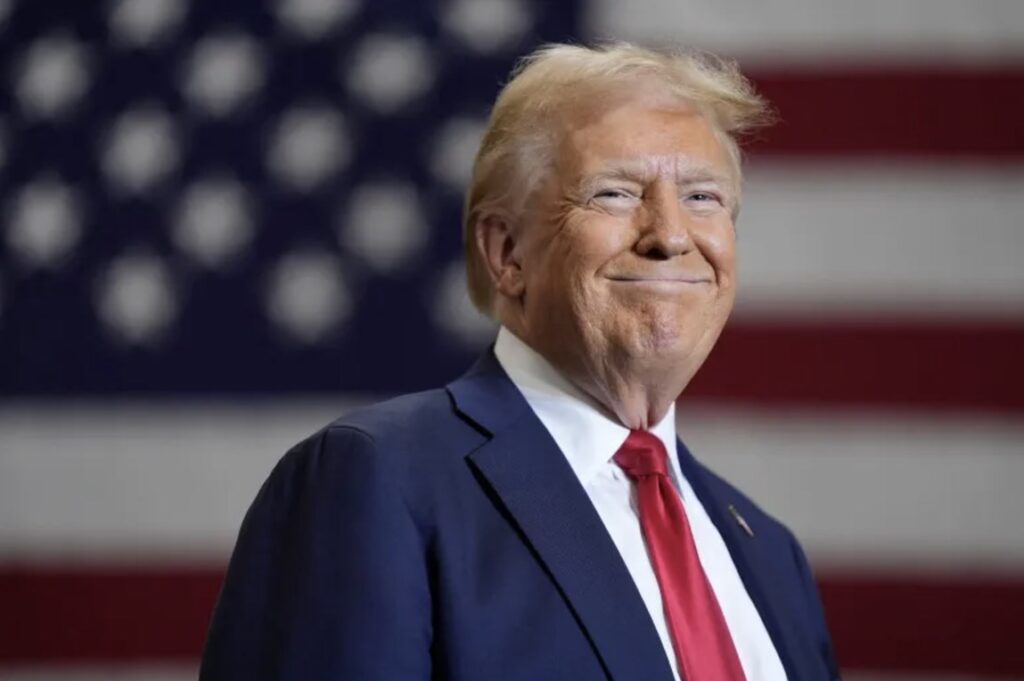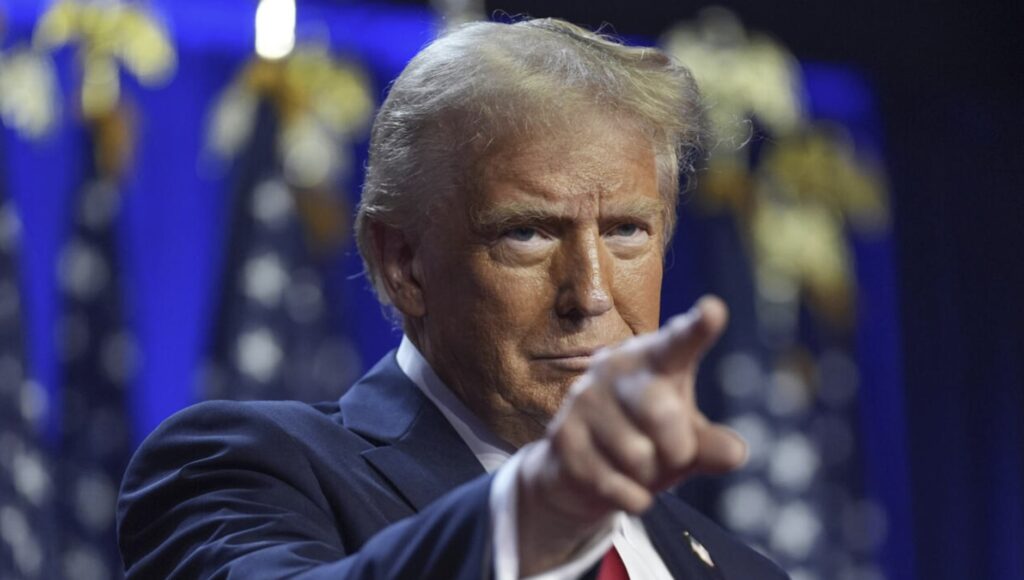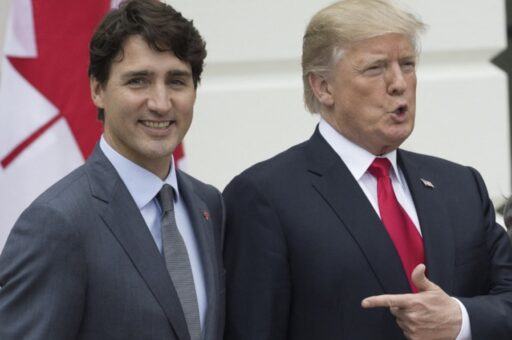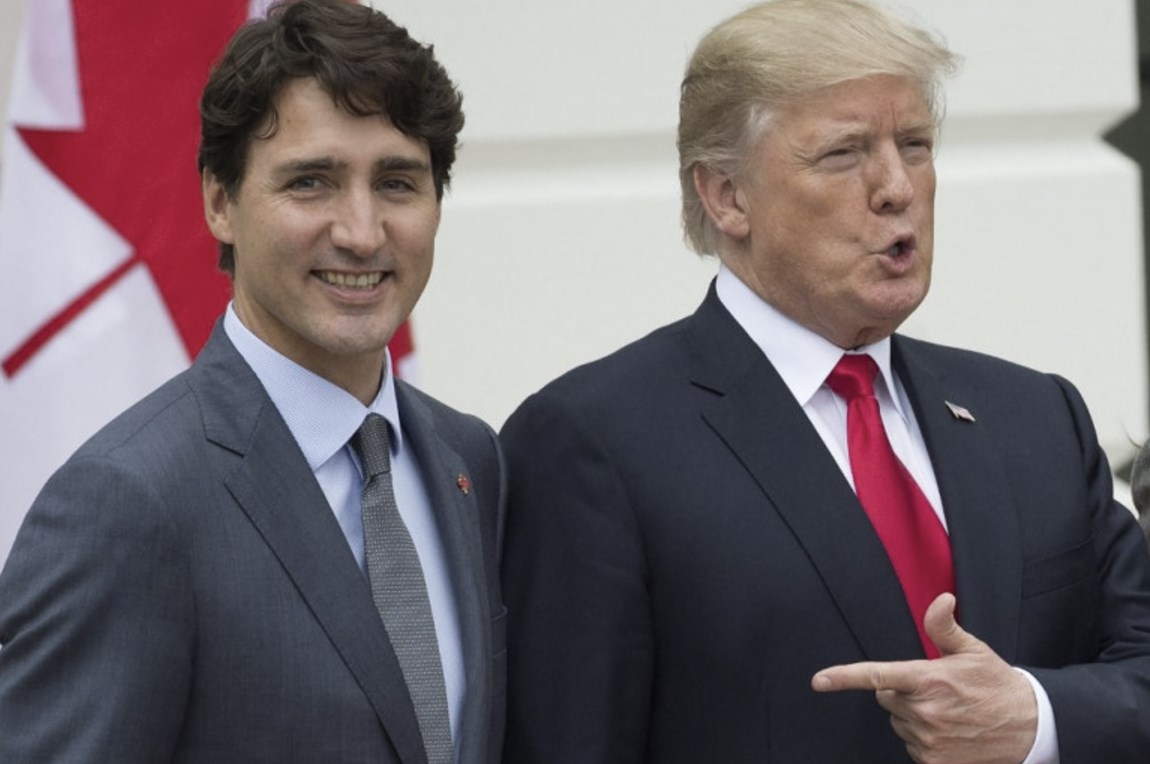Donald Trump’s tenure as the President of the United States was characterized by numerous headlines, not just within America but also internationally. One country that found itself frequently mentioned was Canada. From trade policies to diplomatic quips, Trump’s interactions with Canada and its Prime Minister Justin Trudeau became prime material for media cycles.
Trump’s Impact on Canada-US Relations
The relationship between the United States and Canada has always been significant due to their shared border and mutual economic interests. Donald Trump’s presidency brought a unique flavor to this dynamic. Trump’s trade policy with Canada, marked by tariffs and renegotiations, had substantial implications.
At one point, Trump joking about Canada becoming the 51st state made waves across both nations. Although said in jest, it underscored the complexities and nuances in their political discourse. Canadian officials often found themselves downplaying Trump’s comments, emphasizing the need for a stable and respectful partnership.
Trade Policies and Tariffs
One notable aspect of Trump’s administration was his aggressive stance on trade. Trump’s tariff threat to Canada became a reality when he imposed tariffs on steel and aluminum imports. This move was justified under national security concerns, which baffled many Canadians.
In response, Canada’s government imposed retaliatory tariffs on American products. Justin Trudeau’s response to Trump’s comments and actions was cautious yet firm, reflecting the delicate balance needed to manage such a powerful neighbor while protecting national interests.
Memorable Meetings and Quips

Throughout Trump’s presidency, several meetings and public exchanges between him and Justin Trudeau caught the attention of the media. Each instance added layers to the complex narrative of Canada-US relations under Trump’s administration.
High-Profile Encounters
The engagements were often symbolic of the broader diplomatic relations. One widely reported incident involved Trump trolling Trudeau during a press conference, making light-hearted yet pointed remarks. These moments highlighted the contrasting personalities and leadership styles of the two leaders.
Some of their face-to-face meetings, like at the G7 Summit, were scrutinized heavily. Every gesture and word were analyzed, providing fodder for discussions on where Canada-US relations stood. Despite occasionally tense interactions, both leaders maintained appearances of cordiality in their public meetings.
Political Statements and Reactions
Aside from formal settings, there were also spontaneous remarks that grabbed the spotlight. For instance, Trump’s quip about Canada being disadvantaged in trade negotiations reflected his perspective on economic imbalances. It spurred debates on both sides of the border regarding fairness in bilateral agreements.
This positioning led to more calculated responses from Canada’s side, aiming to preserve diplomatic decorum while addressing the broader implications of Trump’s rhetoric. The focus was squarely on ensuring Canada’s interests were safeguarded amid shifting international paradigms driven by Trump’s unconventional approach.
Annexation Jokes and Real Concerns
A moment that particularly stood out was when Trump joking about Canada becoming the 51st state gained coverage. While clearly meant in jest, it opened up conversations around national sovereignty and the importance of maintaining distinct identities despite close ties.
Canadian officials took these comments lightly in public, often brushing them off with humor. However, behind the scenes, there were undoubtedly considerations about how such statements could influence public perception and diplomatic strategies.
Evolving Trade Relationships
Under Trump’s administration, the North American Free Trade Agreement (NAFTA) was renegotiated, resulting in the United States-Mexico-Canada Agreement (USMCA). This was one of the most significant changes impacting trade policies among the three nations.
This agreement aimed to address various issues, including labor rights, intellectual property, and digital trade. For Canada, it was vital to secure favorable terms amidst the hardline stance taken by Trump on multiple fronts. Both countries had to navigate through challenging negotiations, reflecting the shifting power dynamics in their economic relationship.
Impact on Local Economies
The implementation of USMCA had immediate effects on local economies. Industries reliant on cross-border trade closely monitored developments, adapting to new regulations and tariffs that came into effect. The agriculture and automotive sectors were particularly impacted, given their deep integration within the North American market.
Despite the bumps along the road, many businesses found ways to cope with the changes. Government initiatives and subsidies were rolled out to support affected industries, demonstrating resilience against the backdrop of an evolving trade landscape.
Cultural Exchanges and Public Perception

The ripple effects of Trump’s policies weren’t limited to economics and politics. Cultural exchanges and public perceptions also saw shifts. Media portrayal played a crucial role in shaping how Canadians viewed their southern neighbors and vice versa.
Satirical shows and opinion pieces often featured Trump’s quip about Canada, reinforcing varying narratives. Political commentators dissected every move, contributing to an ongoing dialogue about the nature of Canada-US relations during Trump’s time in office.
Influence on Public Opinion
Public opinion polls indicated a mix of sentiments. On one hand, some Canadians appreciated the renewed focus on protecting national interests. On the other hand, there was concern over the unpredictable nature of the administration’s moves and their potential long-term consequences.
The media’s role in highlighting key events ensured that the broader population remained engaged with the unfolding drama, fostering informed discussions around policy decisions and their impacts on daily life.
Engagement Beyond Politics
Beyond the realm of high-stakes diplomacy and trade negotiations, there were instances of goodwill and mutual respect. Community-led initiatives and joint cultural festivals continued, serving as reminders of the shared values and human connections that transcend political differences.
These grassroots efforts helped mitigate the sometimes volatile top-level exchanges, showcasing the strength of people-to-people ties between the two countries. They provided a counterbalance to the otherwise contentious atmosphere cultivated by policy disputes and political rhetoric.
Looking Forward
As both nations move beyond the Trump era, reflections on this period offer valuable insights into the dynamics of Canada-US relations. Examining the highs and lows provides lessons for future administrations on maintaining balance, respect, and cooperation.
While Trump’s tenure was marked by dramatic headlines and unexpected turns, the underlying resilience of the bilateral relationship remains evident. Future challenges will undoubtedly arise, but the foundation laid through years of collaboration is likely to endure.
- Trade and economic policies shaped much of the discourse
- Personalities of leaders influenced public perception
- Cultural exchanges remained robust amidst political tension
- Long-term impact of tariffs and agreements continues to evolve
- Grassroots initiatives emphasized enduring human connections
Overall, navigating the uncertainties and seizing opportunities that come with changing political landscapes are ongoing aspects of Canada-US relations. The experience under Trump’s presidency serves as a chapter in the ever-evolving story of two interconnected nations.






